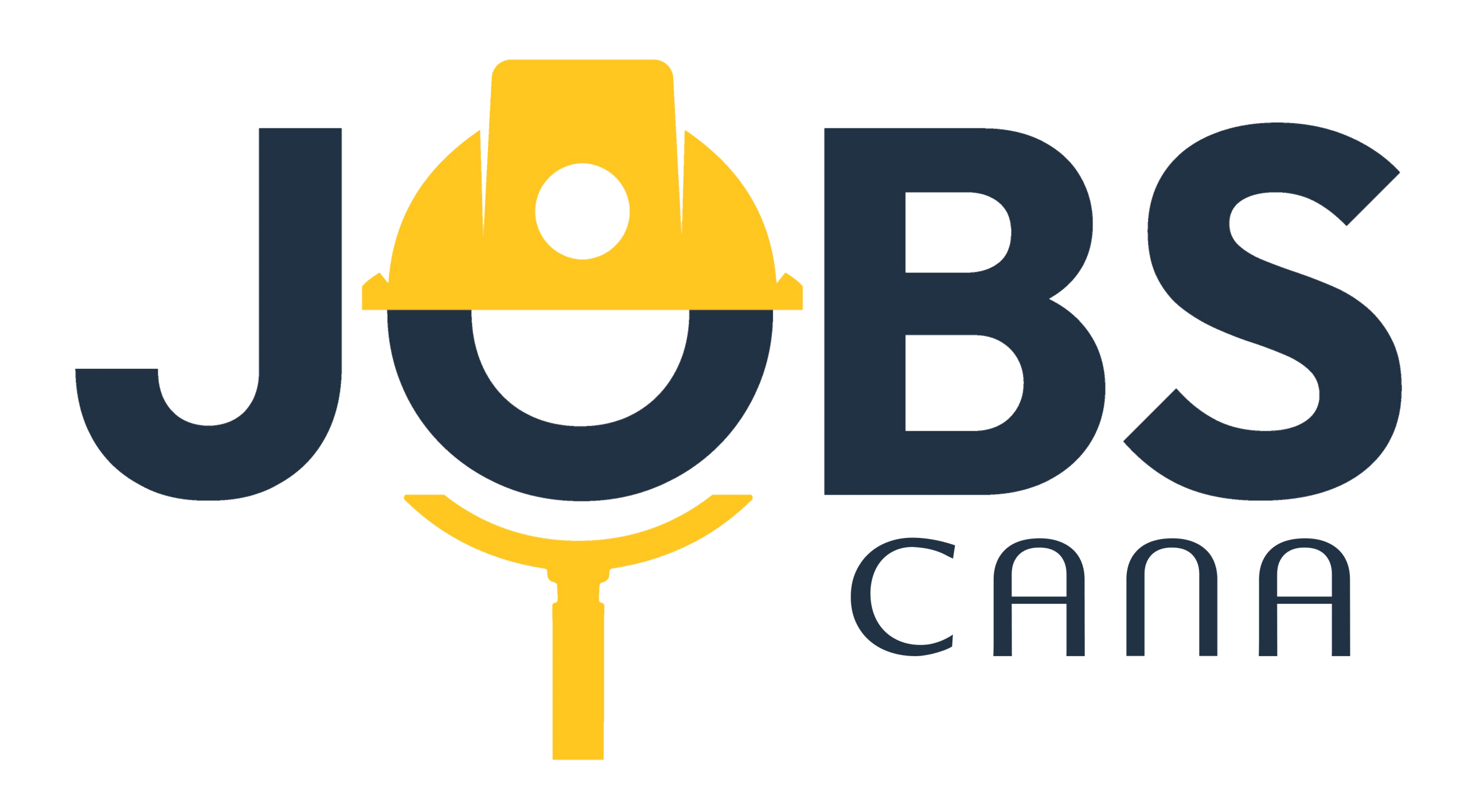Employee benefits play a crucial role in attracting and retaining top talent in your organization. Companies that offer robust benefits packages not only stand out in competitive job markets but also foster a happier and more productive workforce. This article delves into the key aspects of employee benefits, how to implement them effectively, and their long-term impact on your business. Join us as we explore the latest trends and must-have benefits valued by employees today.
Understanding Employee Benefits
Comprehensive Overview
Employee benefits encompass a wide range of perks and compensations provided to employees beyond their regular salaries. These benefits are designed to support their well-being, improve job satisfaction, and enhance overall productivity.
Types of Employee Benefits
- Health Insurance: Provides medical coverage for employees and often includes options for covering family members. This is a crucial benefit that can significantly reduce out-of-pocket medical expenses.
- Retirement Plans: These include 401(k) plans and pensions that help employees save for their future. Employers often match contributions, encouraging long-term planning.
- Paid Time Off (PTO): Includes vacation days, sick leave, and holidays. It is essential for maintaining work-life balance and employee well-being.
- Flexible Working Arrangements: Options like telecommuting, flexible hours, and remote work can help employees manage their work and personal life more effectively.
- Professional Development: Includes opportunities for further education, training, and career growth. This not only benefits the employee but also the employer by enhancing the skills within the company.
Understanding these benefits helps in designing a comprehensive package that meets employees’ needs and aligns with the company’s goals. Effective implementation can result in higher retention rates and a more motivated workforce, directly contributing to the long-term success of the business.
Top Benefits Your Employees Value

Ensuring that employees feel valued is crucial for maintaining a motivated and productive workforce. One way to achieve this is by offering a range of benefits that cater to their needs and preferences.
Health Insurance and Wellness Programs: Comprehensive health insurance and wellness programs are highly valued by employees. Health benefits reduce financial stress related to healthcare costs and encourage a healthier lifestyle. Programs such as gym memberships, mental health support, and annual health check-ups can significantly improve employee well-being.
Flexible Working Arrangements: Flexibility in the workplace, such as remote work options and flexible hours, is particularly appreciated by employees. It helps in achieving a better work-life balance and increases job satisfaction and productivity.
Retirement Plans: Offering competitive retirement plans or pension schemes shows employees that the company is invested in their future. This long-term benefit helps in securing a stable financial future and can be a key factor in employee retention.
Professional Development Opportunities: Employees value opportunities for career advancement and skill development. Providing access to training programs, workshops, and tuition reimbursement for further education can nurture growth and foster loyalty.
Paid Time Off (PTO): Adequate paid time off, including vacation days, sick leave, and personal days, is critical. It helps employees recharge and maintain a healthy work-life balance, reducing burnout and increasing overall job satisfaction.
By offering a diverse range of benefits, companies can create a supportive and rewarding work environment that not only attracts but also retains top talent. Understanding and addressing the needs of employees is a continuous process that can significantly impact business success and employee satisfaction.
How to Implement Employee Benefits
Step-by-Step Guide
Implementing employee benefits requires a thorough understanding of both your workforce’s needs and the legal requirements. Start by conducting a needs assessment to determine which benefits are most valued by your employees. This can be achieved through surveys or focus groups.
Once you have gathered this data, research the costs and legal obligations associated with each benefit. This might include health insurance, retirement plans, or wellness programs. It’s vital to understand the financial impact on your company before making any commitments.
Create a Benefits Strategy
Next, align the chosen benefits with your company’s goals and budget. Develop a detailed plan that outlines each benefit, its cost, and its purpose. This strategy should also include implementation timelines and responsible parties.
After solidifying your plan, communicate these benefits effectively to your employees. Clear communication is essential to ensure that employees understand and appreciate the benefits offered. Use multiple channels like emails, meetings, and an employee handbook to disseminate this information.
Monitor and Adjust
Implementation does not end with the initial rollout. Continuously monitor employee feedback and participation rates. Adjust the benefits package as needed to better serve your employees’ needs and keep the offerings relevant with industry trends.
Regularly review the financial impact of these benefits on your business to ensure sustainability. Making data-driven adjustments will help in maintaining a successful and appreciated benefits program.
The Impact of Employee Benefits on Retention

Employee benefits play a critical role in boosting employee retention. Offering competitive benefits can enhance job satisfaction and reduce turnover. Employees who feel valued are more likely to stay with the company, contributing to a stable and productive workforce. Benefits such as health insurance, retirement plans, and paid time off can significantly increase loyalty. Additionally, providing professional development opportunities and flexible working conditions shows employees that their growth and well-being are taken seriously. These advantages not only help retain current employees but also attract potential talent.
Investing in comprehensive employee benefits often leads to higher engagement and morale. When employees see that their employer cares about their overall well-being, they are more motivated to contribute positively to the organization. This investment can result in a better company culture, improved performance, and ultimately, a stronger bottom line.
Trends in Employee Benefits
Flexible Work Arrangements:
The trend of flexible work schedules is gaining momentum. Companies are now offering options like remote work, compressed workweeks, and flexible hours. This benefit helps employees maintain a better work-life balance, which can increase job satisfaction and productivity.
Mental Health Support:
With increasing awareness about mental health, businesses are starting to provide more resources for their employees. This can include access to counseling services, mental health days, and wellness programs. Supporting mental health improves overall employee well-being.
Personalized Benefits Packages:
One size does not fit all when it comes to employee benefits. Offering a range of options like healthcare plans, retirement savings plans, and professional development opportunities allows employees to choose what best meets their needs. This trend aligns with employee preferences for customization.
Financial Wellness Programs:
Employers are beginning to recognize the importance of financial health. They are offering services like financial planning, debt management, and investment advice. These programs can help reduce financial stress and improve employee focus and productivity.
Inclusivity and Diversity Initiatives:
Creating an inclusive workplace is more than just a social good; it is a trending benefit that attracts top talent. Initiatives can include diversity training, support groups, and inclusive policies that ensure all employees feel valued and supported.


 Professional Growth: Unlock Secrets to Accelerate Your Career
Professional Growth: Unlock Secrets to Accelerate Your Career  Online Portfolio: Boost Your Career with a Stunning Showcase
Online Portfolio: Boost Your Career with a Stunning Showcase  Career Planning: Your Guide to a Successful Professional Path
Career Planning: Your Guide to a Successful Professional Path